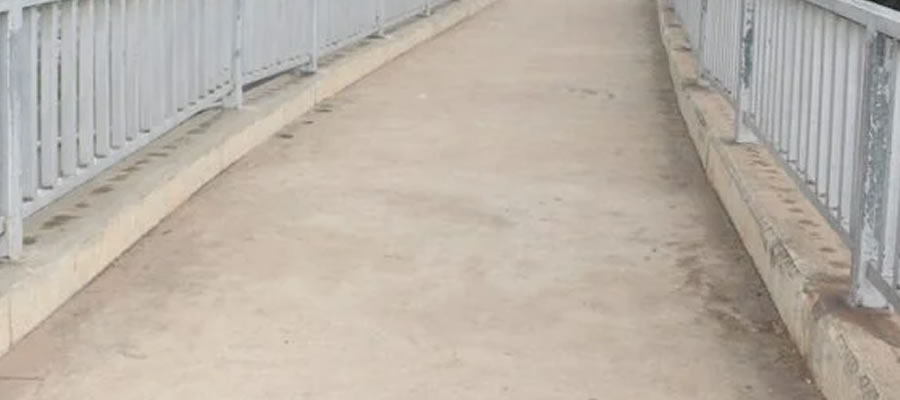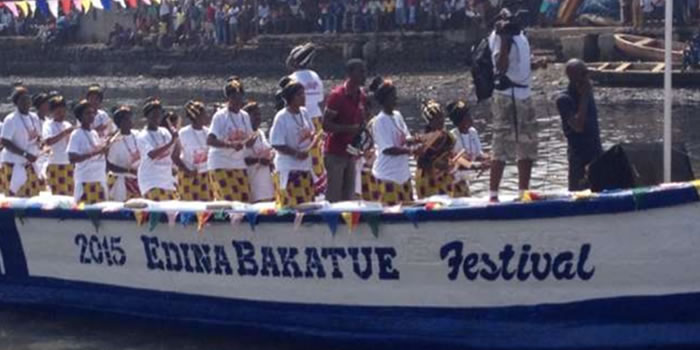

SOCIAL
ELMINA CASTLE: The den of slavery adorned with Christianity
Built in the year 1482 by the Portuguese, the Elmina Castle, which is currently 541 years old boast of being the largest and oldest castle not only in Ghana but all across Africa.

Date Created : 7/17/2023 12:00:00 AM : Story Author : Emmanuel Frimpong/Ghanadistricts.com
The castle was initially built by the Portuguese with the intension of being used as a warehouse to keep goods from their trading business with their African counterparts.
The Portuguese, who had earlier settled at Elmina as missionaries or propagators of Christianity later shifted their attention from their core missionary work to Gold and Ivories trade in the sub-Saharan country.
The missionaries were later involved in the exchange of guns, gun power, alcohol and tobacco for gold and ivories- a situation that led to the butter trade system in Africa.
However, in 1500, the whites again shifted their attention from the then famous butter trade system to human trade and this time the warehouses at the same castle were converted into dungeons where humans were kept for days, weeks or even months before they were finally shipped to the western world.
The slave trade continued for more than a century until in 1637 the Dutch army bombarded the castle from a nearby hill and took over control of it.
But in a smart way, they built another fort on the hill they used to attack the Elmina castle to prevent others from attacking it.
The castle was subsequently enlarged by the Dutch, who also used it for their gold and ivory business as well as slave centre until 1814 when the slave trade was abolished.
In 1872, the castle was sold to the British who also used it as a sub administrative centre.
During the World War II, the castle was used as a training centre for the Royal West Africa Frontier Force before they were sent to Burma in India to participate in the war.
However, after the war, the castle was again used as a police training school until independence of Ghana, on March 1957










 facebook
facebook
 twitter
twitter
 Youtube
Youtube
 +233 593 831 280
+233 593 831 280 0800 430 430
0800 430 430 GPS: GE-231-4383
GPS: GE-231-4383 info@ghanadistricts.com
info@ghanadistricts.com Box GP1044, Accra, Ghana
Box GP1044, Accra, Ghana